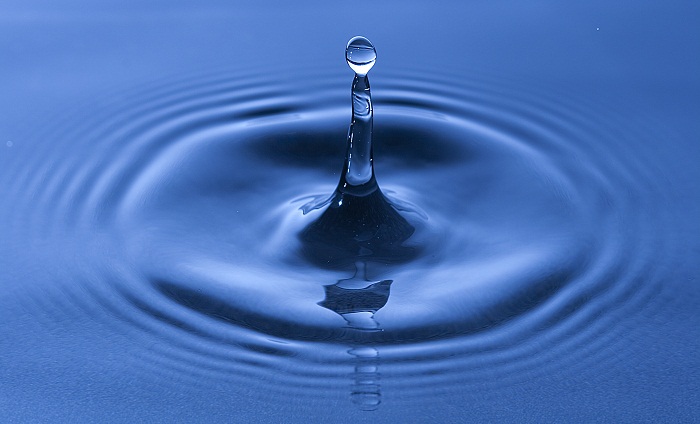South Africa is set to adopt a strategic plan to monitor water supply, due to the ongoing water crisis. For a long time now the crisis has had a significant impact on economic growth as well as on the well-being of South African citizens.
According to Trevor Balzer, Department of Water and Sanitation Deputy Director General, the water crisis facing the country is as a result of insufficient water infrastructure maintenance and investment. Recurrent droughts driven by climatic variation, deteriorating water quality and a lack of skilled water engineers are also contributors to the shortage.
Also read:Tanzania sets aside US $341,000 for Lushoto water supply improvement
Availability of water could deteriorate rapidly as the country’s supply has gone down and demand increased owing to population growth, urbanization, inefficient use, water losses and the negative impacts of climate change.
By 2030, the water deficit could be between 2 700 million and 3 800 million cubic metres a year, a gap of about 17% of available surface and ground water.
Water use
Balzer highlighted that average municipal water use in South Africa was around 237 litres per person per day, compared to the world average of 173 litres per person per day.
Large numbers of South Africans use very small amounts of water per day, this average masks the high water use by the lucky sectors of the population. The high water use is partly owing to municipal, non-revenue water which is currently at an unacceptably 41% high.
Noteably, municipalities have been losing about 1 660-million cubic metres of water annually through non-revenue water.
“Water demand will reduce by improving efficiency, adopting new technologies and reducing losses through water awareness and through strict regulation and incentives. Average domestic consumption should also reduce to 175 litres per person per day by 2025,” said Mr. Balzer.
“On the supply side, there is a need to move from the current water mix, which was strongly dominated by surface water, with some groundwater and return flows to a water mix that includes increased groundwater use, together with water reclamation, desalination and treated acid mine drainage (AMD),” he added.
According to Balzer, by 2040, treated AMD and desalinated seawater would make a significant contribution to South Africa’s water mix and the over‐reliance on surface water would be reduced.
